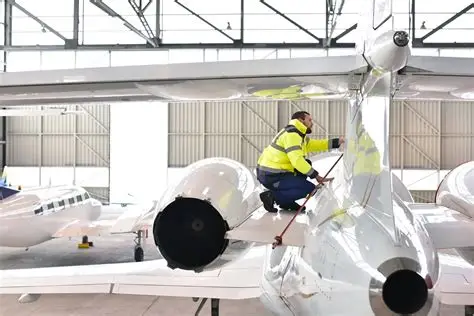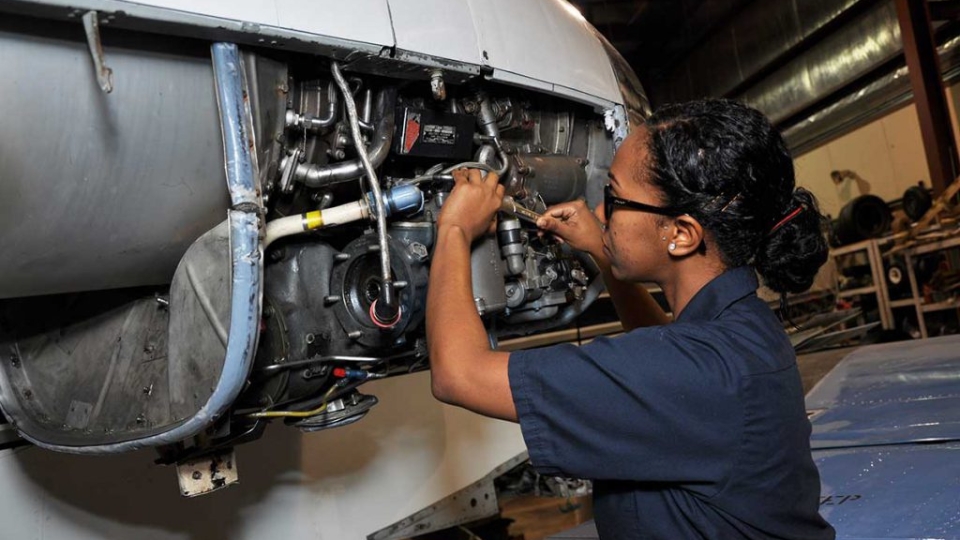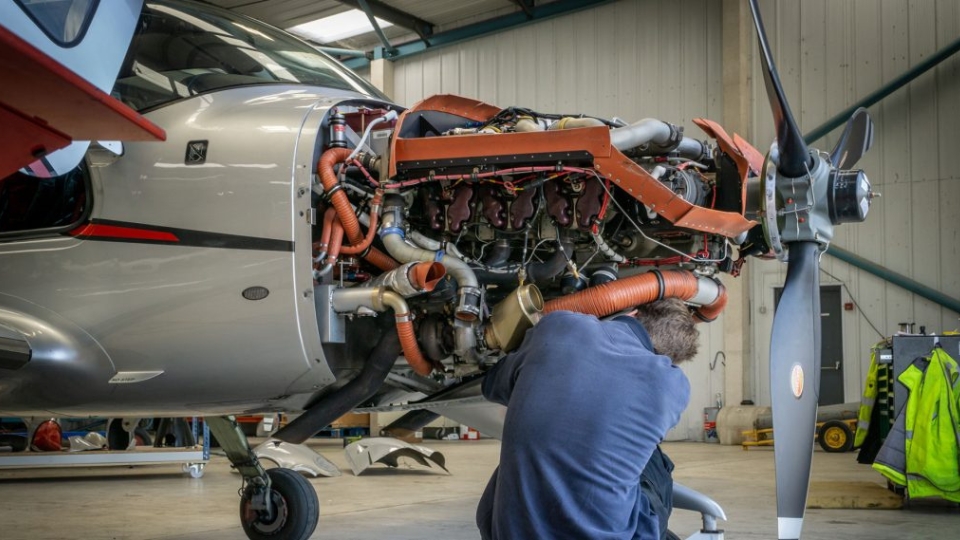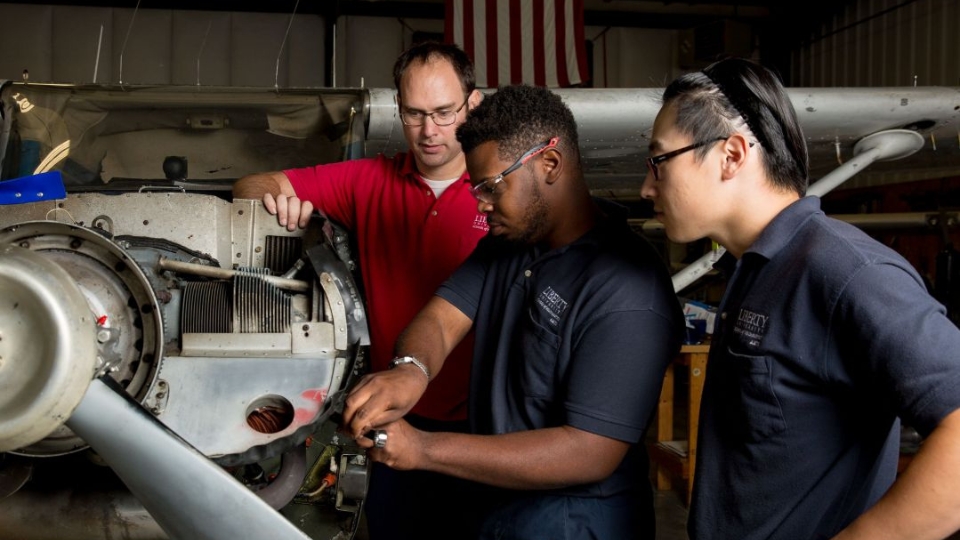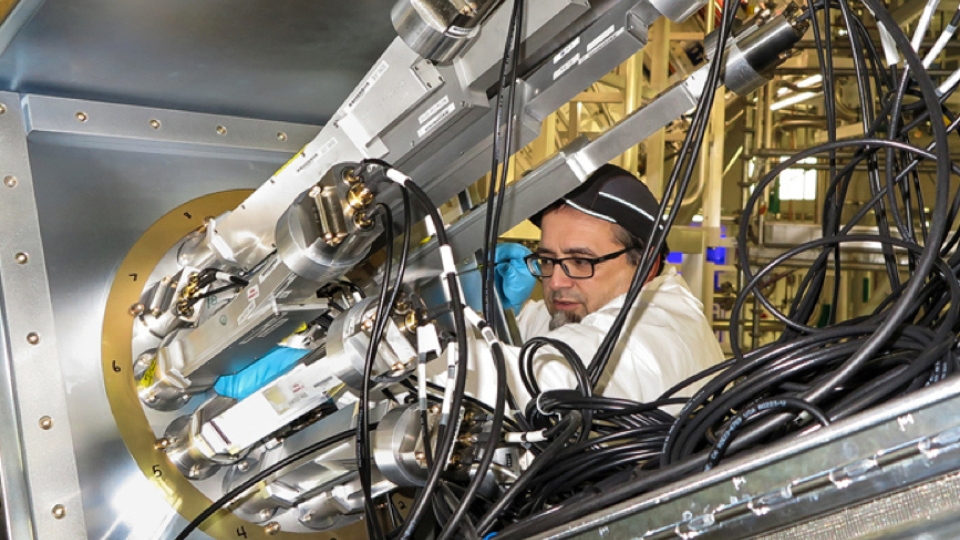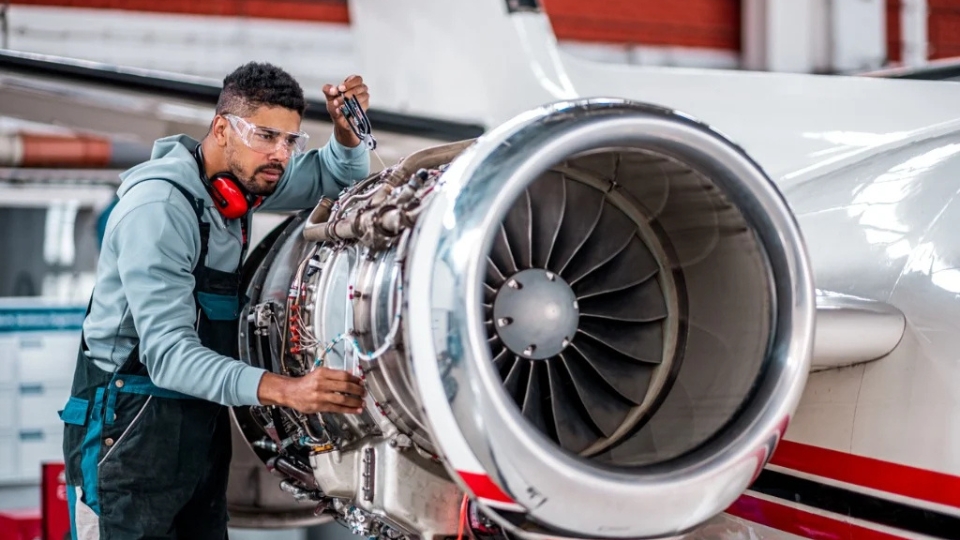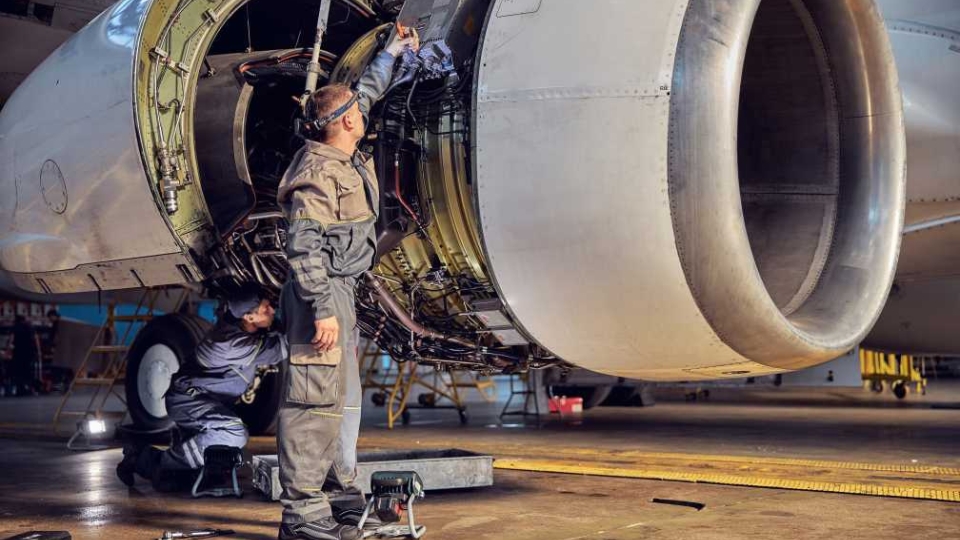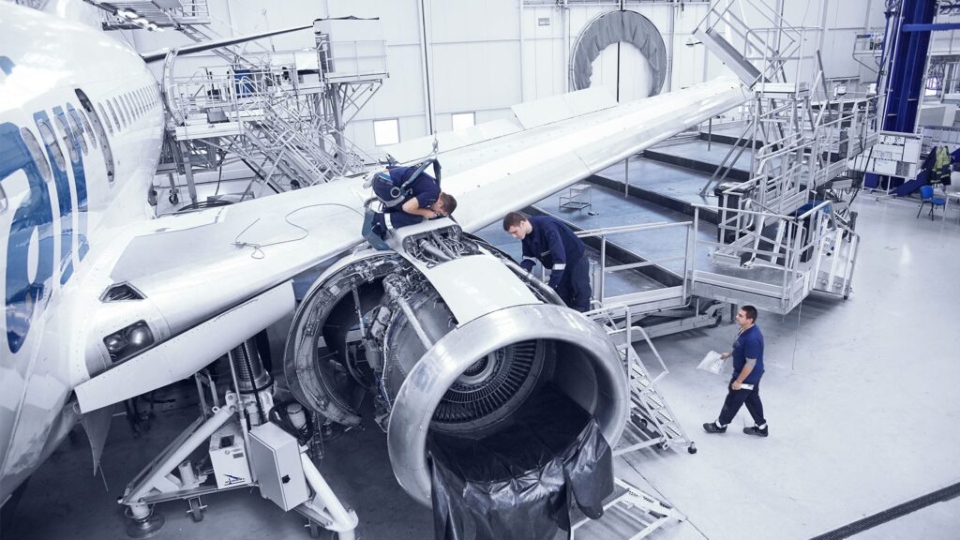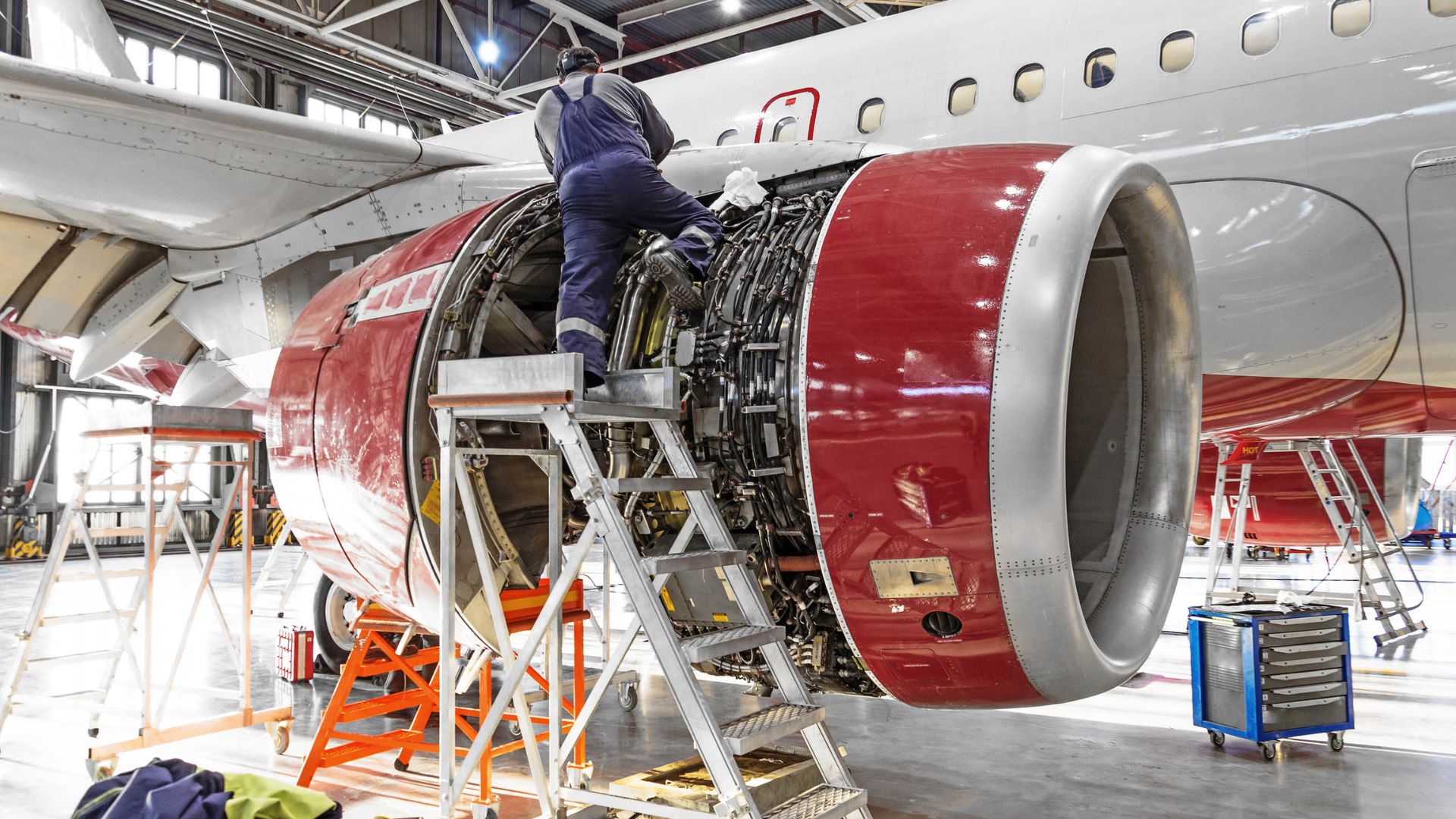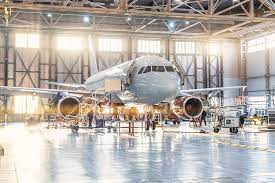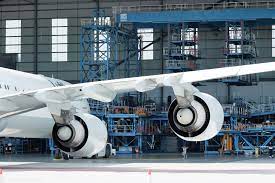Aviation safety relies heavily on the expertise of engineers and technicians. These professionals work behind the scenes to ensure that aircraft operate safely, efficiently, and reliably. From designing aircraft systems to conducting routine inspections and repairs, their role is critical to the aviation industry. Understanding their responsibilities highlights how modern air travel remains one of the safest modes of transportation.
Designing Safe and Efficient Aircraft
Aviation engineers play a crucial role in aircraft design. They analyze aerodynamics, structural integrity, propulsion systems, and avionics to create planes that meet safety standards. Engineers use computer simulations and testing to predict how aircraft will perform under different conditions.
By designing aircraft that are both efficient and resilient, engineers lay the foundation for safe flight operations. Their work ensures that aircraft can withstand environmental stresses, maintain stability, and perform as expected during normal and emergency situations.
Conducting Inspections and Maintenance
Technicians are responsible for inspecting, repairing, and maintaining aircraft. They follow strict maintenance schedules and procedures to check engines, hydraulics, avionics, and structural components.
Routine inspections detect wear, corrosion, or mechanical problems before they become safety hazards. By replacing worn parts, adjusting systems, and performing tests, technicians prevent malfunctions and ensure aircraft are airworthy.
Ensuring Compliance with Aviation Regulations
Both engineers and technicians ensure that aircraft comply with aviation regulations set by authorities such as the FAA and EASA. Compliance includes adhering to safety standards, maintaining proper documentation, and completing mandatory checks.
This regulatory oversight guarantees that every aircraft meets rigorous safety requirements. Engineers often help implement design modifications to comply with updated regulations, while technicians carry out the required inspections and repairs.
Managing Advanced Systems and Technology
Modern aircraft rely on sophisticated systems such as fly-by-wire controls, digital avionics, and automated diagnostics. Engineers design these systems, while technicians monitor and maintain them to ensure they function correctly.
Technicians use diagnostic tools and software to track aircraft health, allowing for predictive maintenance. Engineers develop improvements and troubleshoot issues, ensuring that systems remain reliable and effective during flight.
Responding to Emergencies and Repairs
In case of technical issues or in-flight emergencies, technicians and engineers play a vital role in problem-solving. They analyze the situation, identify the root cause, and implement solutions quickly to restore safety.
This expertise reduces downtime, prevents accidents, and maintains passenger confidence. Their ability to act under pressure is essential for safe aviation operations.
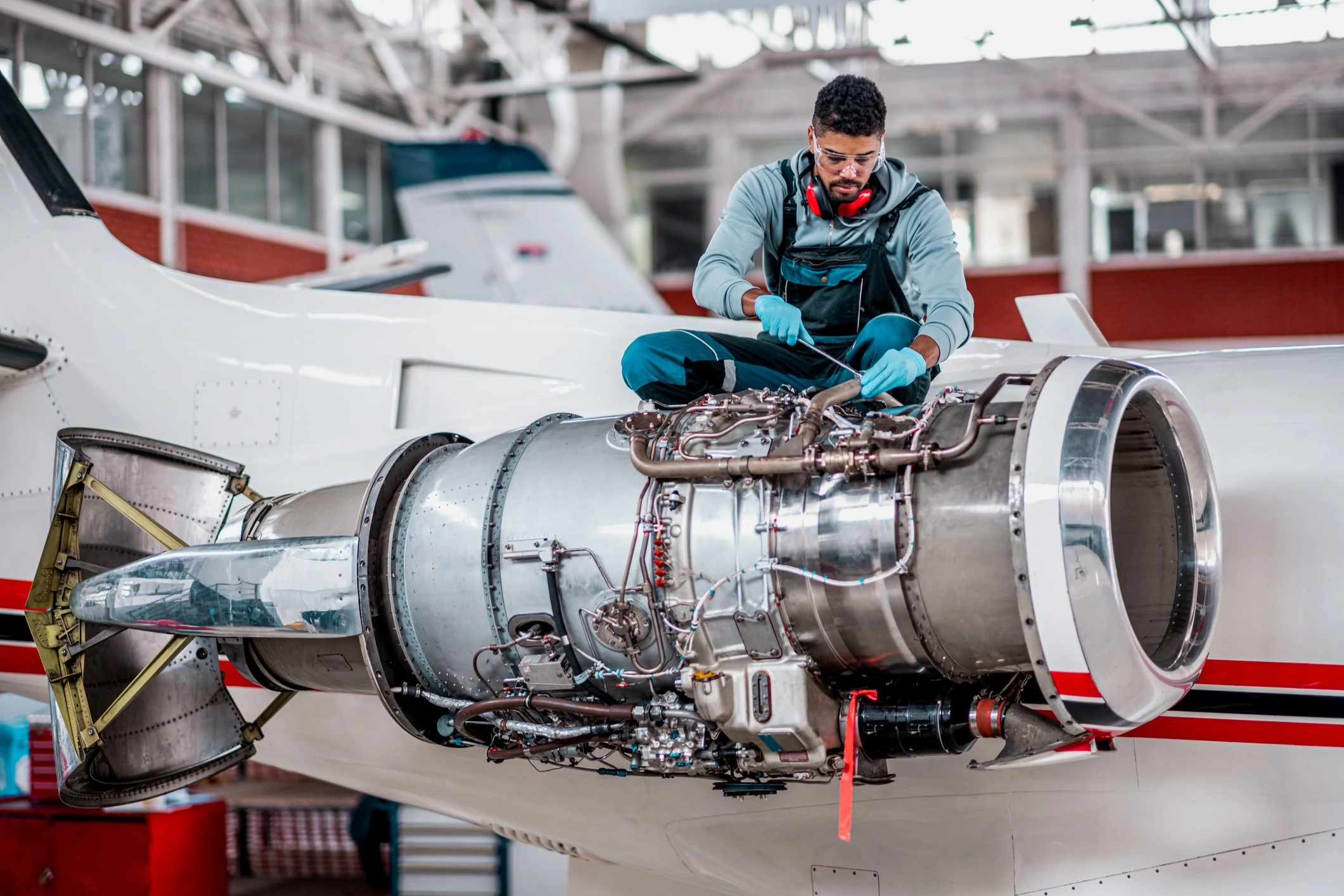
The Role of Engineers and Technicians in Aviation Safety
Continuous Training and Skill Development
Aviation is constantly evolving with new technologies and materials. Engineers and technicians participate in continuous training to stay current with industry advancements.
This ongoing learning ensures they can handle modern aircraft systems, adapt to regulatory changes, and implement best practices in maintenance and safety management.
Conclusion
Engineers and technicians are the backbone of aviation safety. Engineers design efficient and resilient aircraft, while technicians ensure these planes operate safely through maintenance and inspections. Their combined expertise maintains compliance, manages advanced technology, and responds to challenges quickly. Without their critical work, safe and reliable air travel would not be possible.

